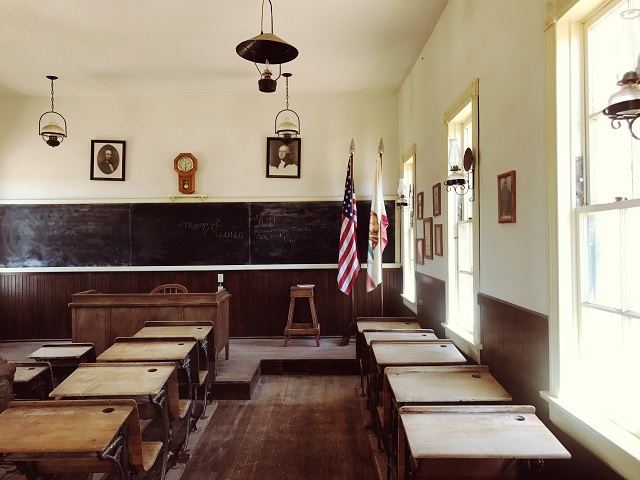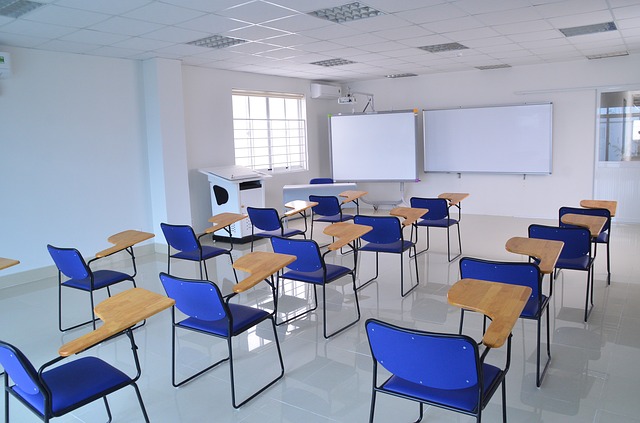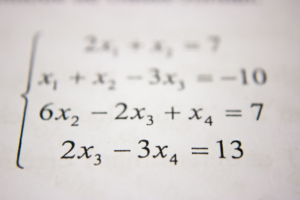Every parent at some point of time has to face this question: whether to choose a private or a public school. Perhaps, this is one of the most difficult decisions that parents have to make in their life and should be taken out after thorough consideration of the compatibility with family. Both schools have their own set of advantages and disadvantages, and even these compatibilities differ for various communities in which you reside. We know that your child’s education is important for you that is why we have collected all the pros and cons of both private and public schools to assist you in making any decision.

Advantages of Private Schools
The following are the pros of getting your child enrolled in a private school:
- Offers alternative or personalized pedagogies
- Curriculum is highly flexible
- Gets funded independently
- Class size is smaller
- Exclusive to accepted applicants
- Usually offer better structure/discipline
- Minorities acceptance rate is high
- Stats show less case of bullying
- Stats advocate that they have higher standardized test scores
- Alumni network is established well
- More access to resources
Advantages of Public Schools
Here are the benefits your child will have if enrolled in a public school:
- No tuition fee
- Teachers are certified from state
- Standards are set by state
- Has free special education programs
- Intensely diverse
- Typically offer more programs after the school
Disadvantages of Private Schools
However, these are the shortcomings of a private school:
- Have to pay complete tuition fee
- Teachers are not necessarily certified
- May lack special education programs
- Low diversity
- Limited access to sporting facilities unless school owns them
- May even offer lesser extracurricular activities
Disadvantages of Public Schools
And these are the shortcomings of a public school:
- Lower flexibility of curriculum
- Class size is large
- Overcrowded
- Under funded
- Regulations are mandated by government
- Discipline is absent
Final Words
The bottom line is that there is no right answer that fits every student and their family. No two child are same, there are differences in needs, strengths, and weaknesses. As we can see that both types of schools have to offer a different experience for every child, the best way to choose the school is to compare the pros and cons of both the schools, then choose the school whose qualities match with your needs.


